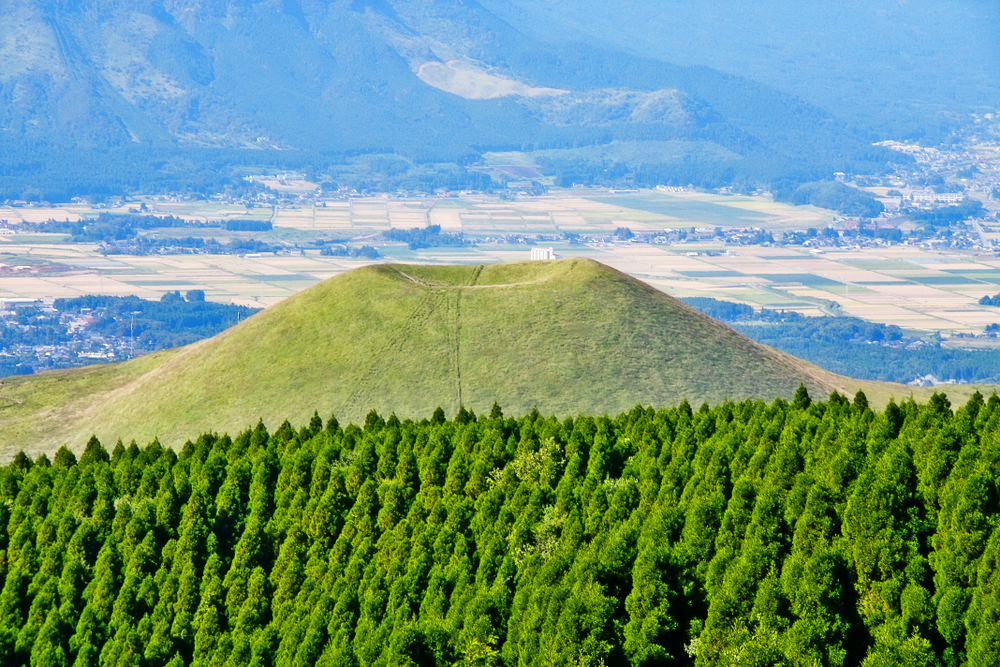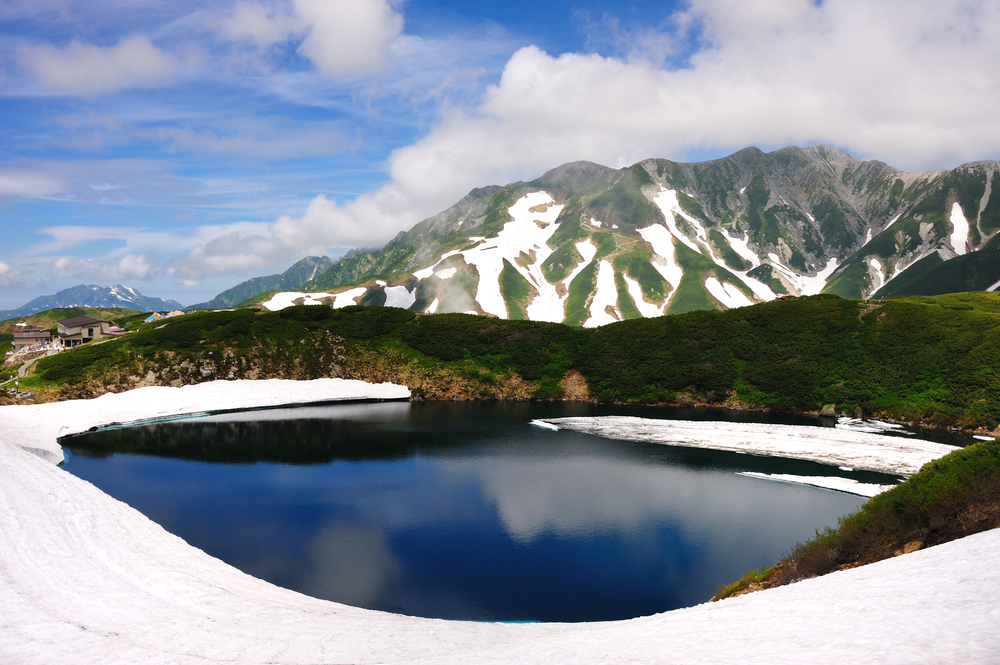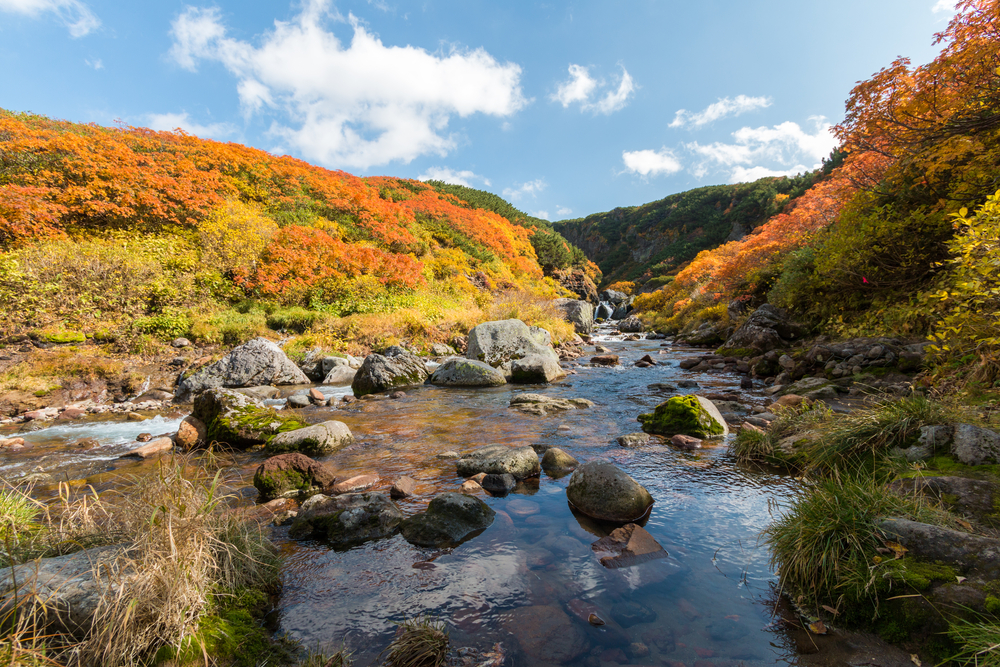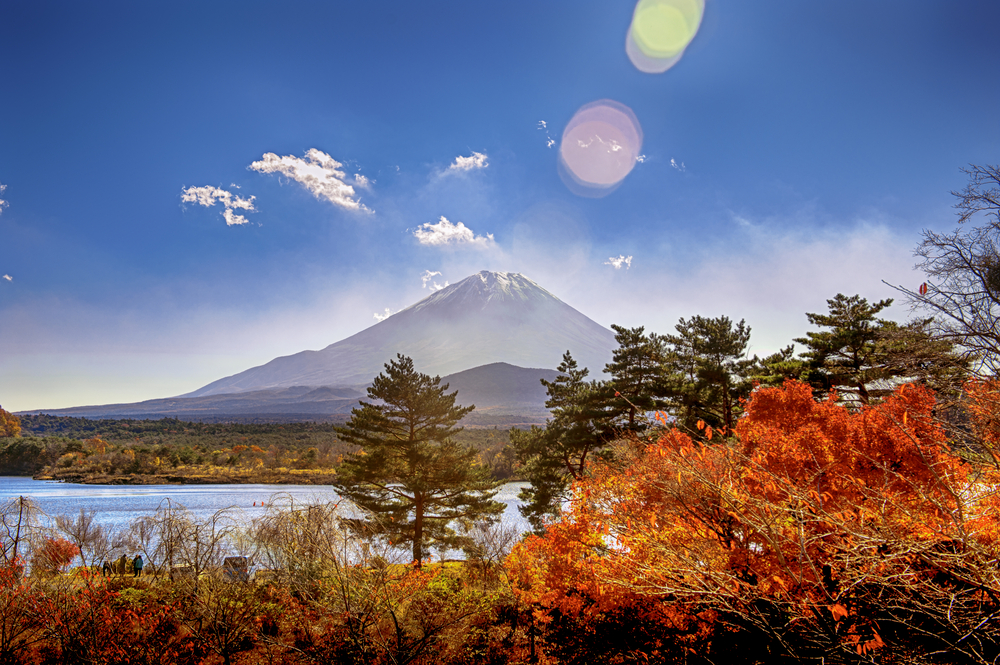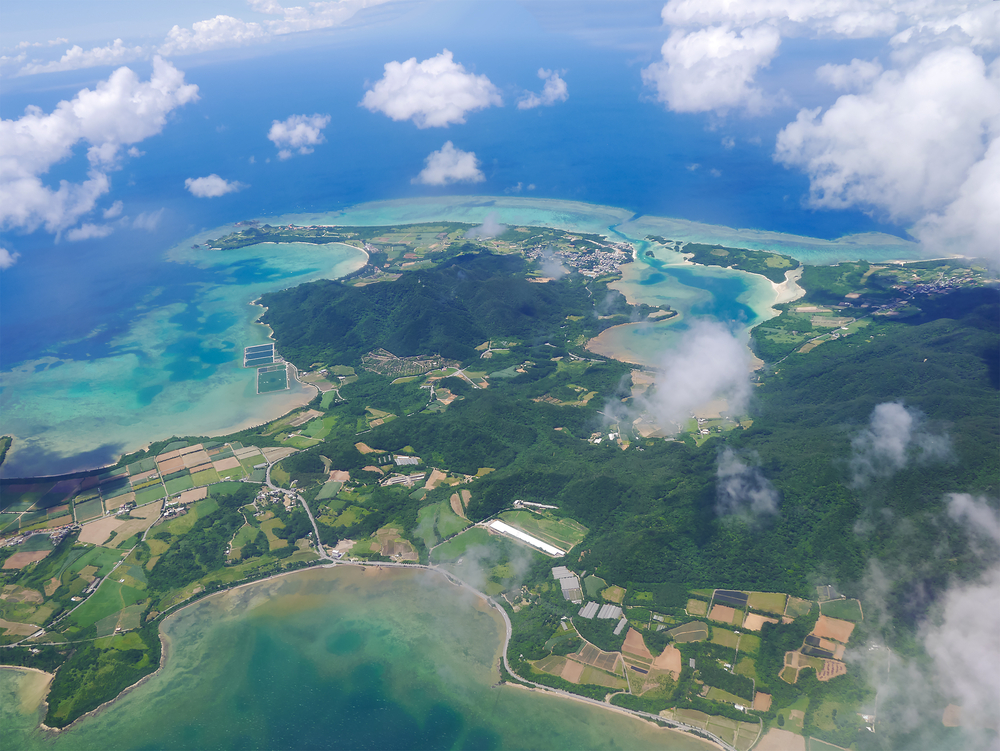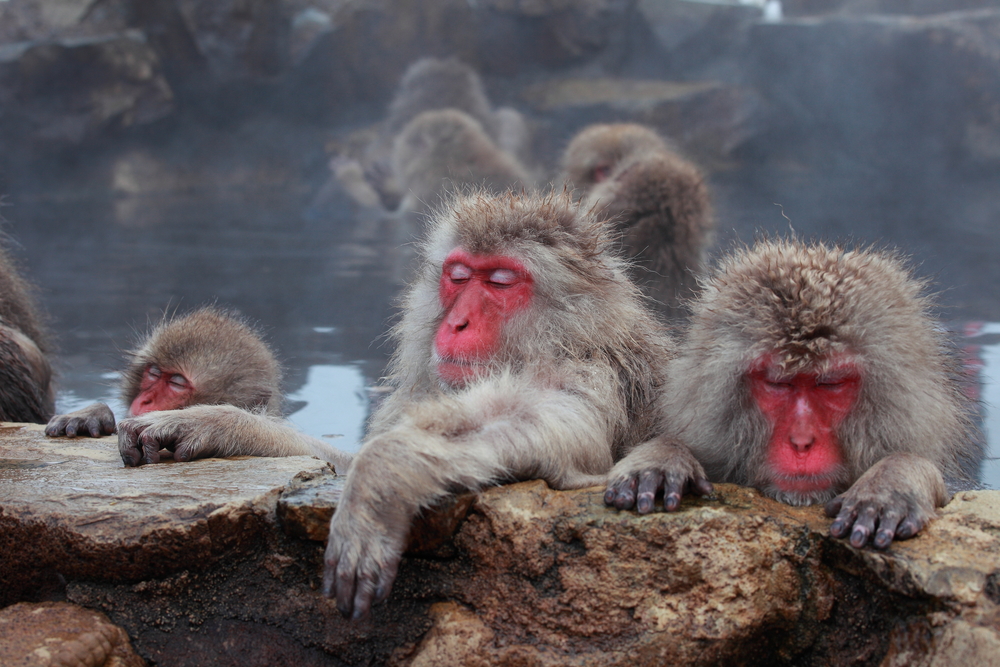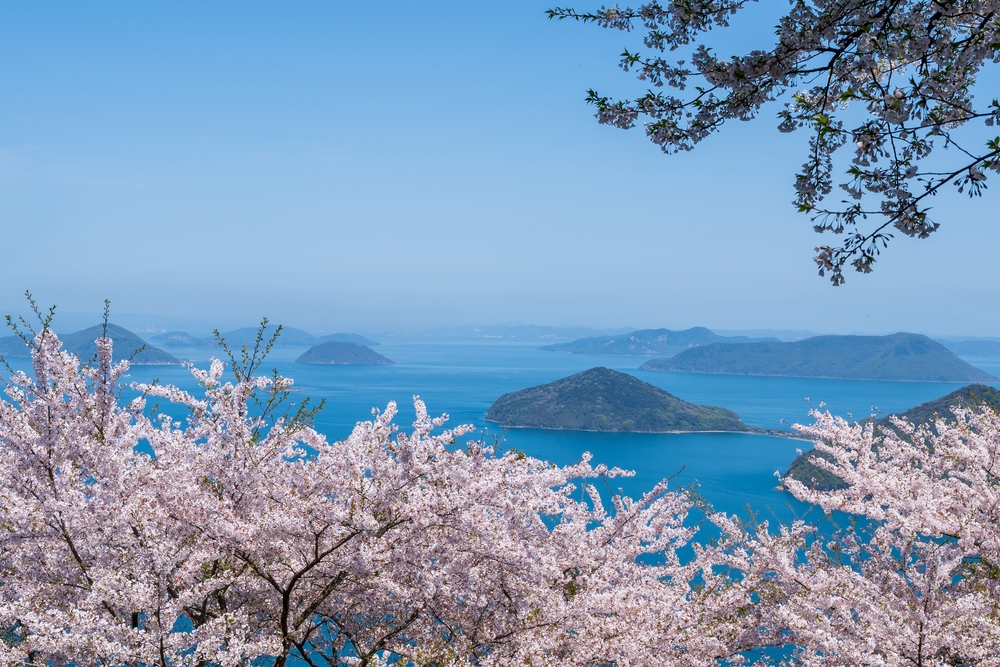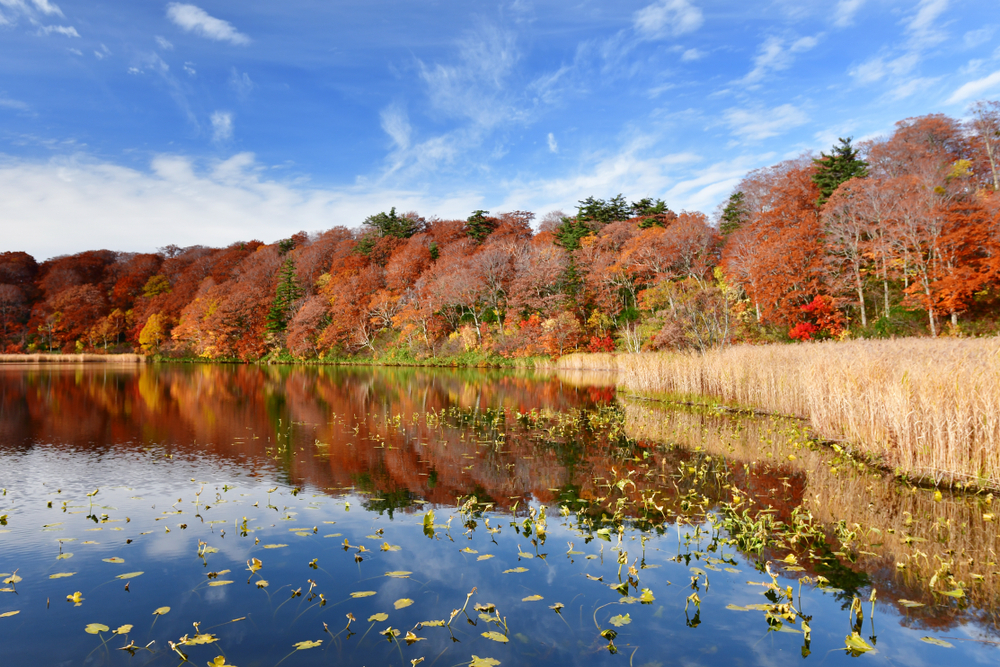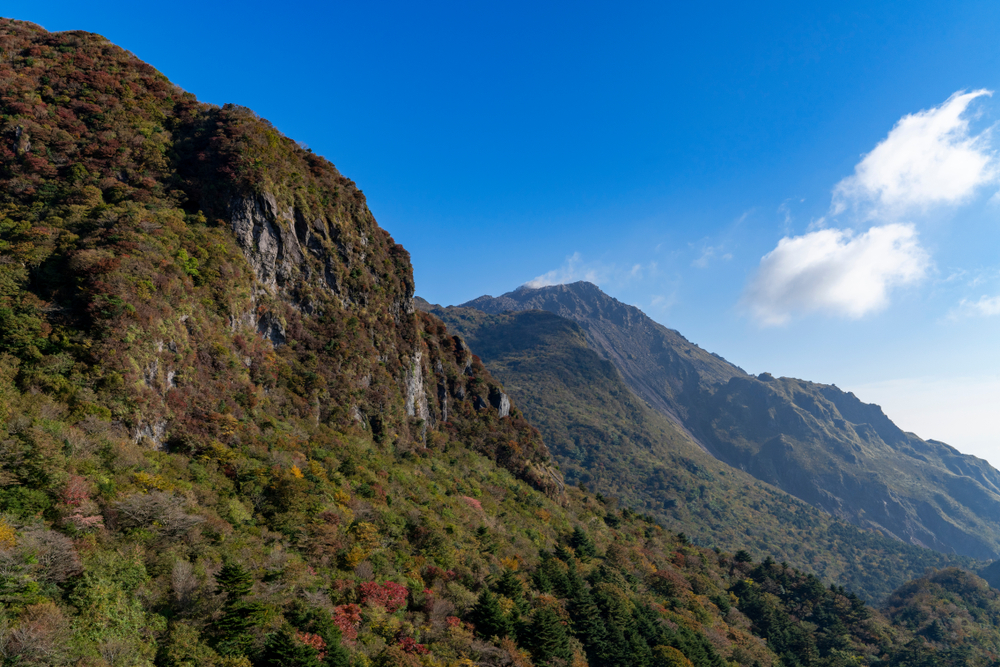Myoko-Togakushi Renzan Overview
Myoko-Togakushi Renzan National Park, located in the Chubu region of Honshu, Japan, is a remarkable expanse of natural beauty that spans 148.2 square miles (383.8 square kilometers). Established in 2015, this national park is named for its two iconic mountain ranges, Myoko and Togakushi, which dominate the landscape and offer a blend of dramatic geological formations, lush forests, and serene lakes. The park straddles the borders of Niigata and Nagano Prefectures, making it a favorite destination for nature enthusiasts and adventure seekers alike.
The terrain of Myoko-Togakushi Renzan National Park is defined by its volcanic origins, which have shaped its rugged peaks and fertile valleys. Mount Myoko, also called “Echigo Fuji” for its resemblance to Mount Fuji, is the tallest peak at 8,051 feet (2,454 meters).
Other notable mountains include Mount Togakushi and Mount Hiuchi, both revered for their spiritual significance and dramatic alpine beauty. The park’s landscapes feature dense beech and cedar forests, particularly around Togakushi, where towering trees create an ethereal canopy. Wetlands, such as the Imori Pond, teem with aquatic life, while rivers like the Seki and Sai carve through the park, nourishing the vibrant vegetation. Seasonal changes bring breathtaking views, from snow-covered peaks in winter to fiery foliage in autumn.
Wildlife thrives in this diverse ecosystem. Visitors may encounter Japanese macaques, serows, and black bears in the forests, while the skies are patrolled by golden eagles and the elusive goshawk. The wetlands and ponds are home to waterfowl, including herons and kingfishers, adding to the park’s avian richness. Myoko-Togakushi Renzan is also renowned for its alpine flora, with species such as the Togakushi lilies and Myoko gentians adorning the high-altitude meadows.
Popular highlights include the majestic Togakushi Shrine, a series of sacred Shinto sites nestled within ancient forests and connected by trails lined with towering cryptomeria trees. The Myoko Plateau offers exceptional skiing in winter and stunning hiking trails in warmer months. Lake Nojiri, located near the park, is a hub for water sports and fishing. Meanwhile, the Koyaike Marshlands provide a tranquil setting for birdwatching and photography.
Visitors can explore the park through a variety of activities, including hiking, skiing, and camping. The extensive network of trails caters to all levels, from leisurely walks to challenging ascents. Winter sports enthusiasts flock to the area for its powder snow and ski resorts, while cultural experiences like visiting traditional inns and sampling local soba noodles enhance the connection to the region.
Despite its natural splendor, the park faces conservation challenges, such as the impact of invasive species and the need to balance tourism with habitat preservation. However, significant efforts by park management have led to reforestation projects and strict regulations on visitor activities to minimize environmental strain. These measures have contributed to the park’s reputation as a model of sustainable tourism.











































































